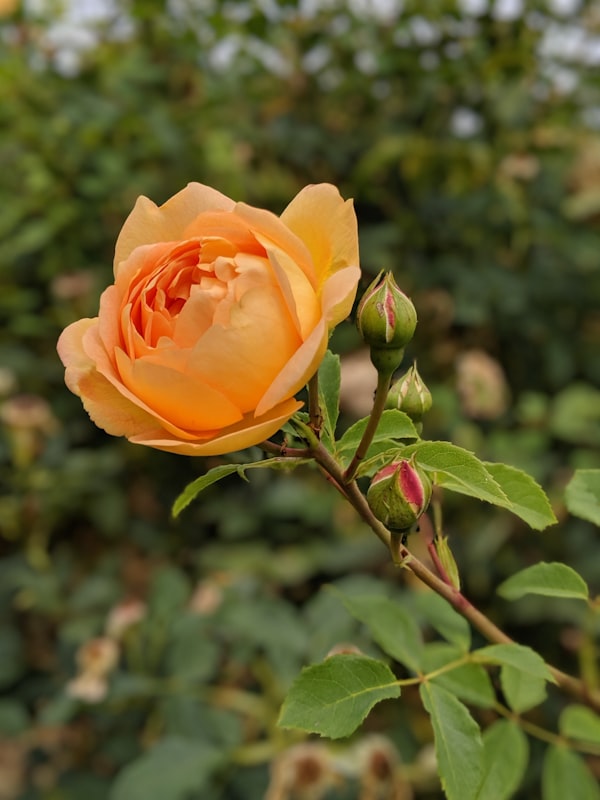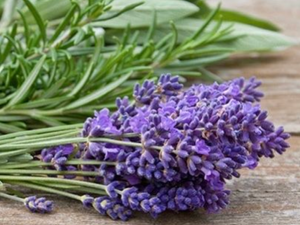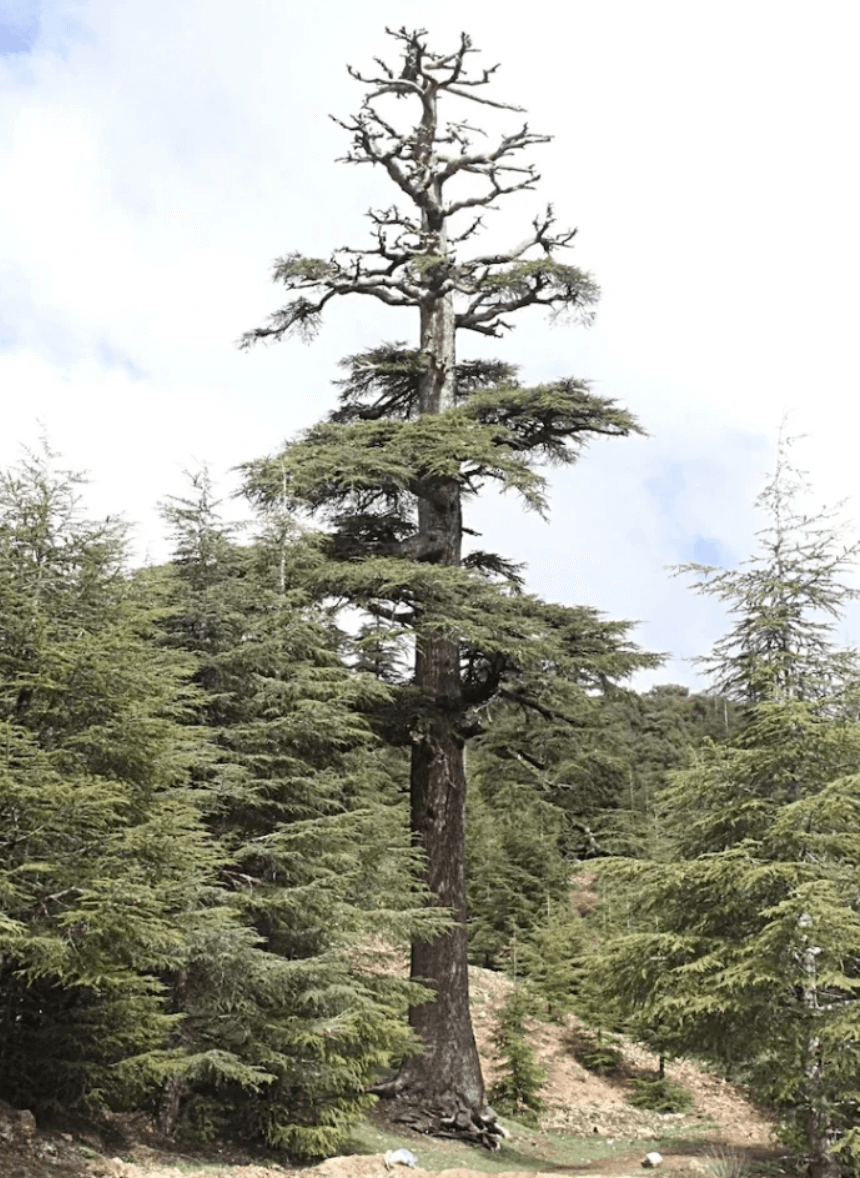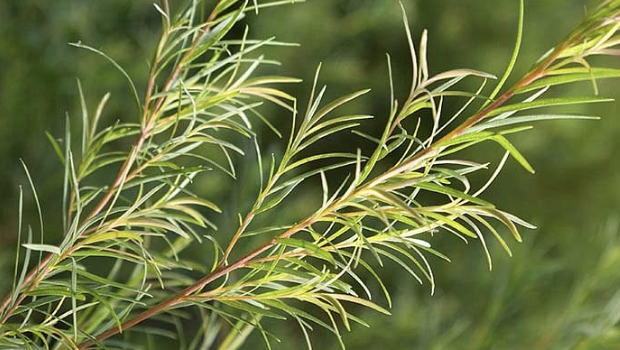
The Plant Behind the Oil: Rose
In researching and writing this month's Plant Behind the Oil, I found at times that I was overwhelmed with information and left wondering how I could do it justice without leaving out any important details.

This monthly series will introduce you to the plants behind your essential oils! We have a deep love of plants and a passion for natural healing and sustainable living. In this series, we'll share a wealth of knowledge so that you can better understand your essential oils and the beautiful plants they come from.

In researching and writing this month's Plant Behind the Oil, I found at times that I was overwhelmed with information and left wondering how I could do it justice without leaving out any important details.

Native Americans traditionally use cedar for smudging and ceremonial sweat lodges, which include rites of preparation, prayer and purification.

In the United States, the leaves and stems are called cilantro, while coriander is the name for its dried seeds.

From this day forward I will share with students, “The art of blending is finding that perfect balance, from many different perspectives, while using the least amount of oil for the maximum benefits.”

Copaiba oleoresin, or copaiba balsam, has been known for a long time by Brazilian natives for its therapeutic properties.

Our aromatic plants and their volatile oils can provide similar or the same therapeutic benefits they utilize to keep themselves healthy and vital.

Whether we are looking at this aromatic tree from the gifts it brings via its essential oil or how it was first used by indigenous people we can see the significant role it has played.

Energetically, bergamot is considered exceptionally harmonizing. It has an ability to simultaneously soothe and uplift, and it encourages coherence between the mind, body, and emotions.

Despite its disputed origins, this ancient healing resin has been known and renowned for centuries. Woven within the layers of its vibrant aroma are mysterious and wonderful stories of a tenacious tree sweetly scenting the air of a wild, arid land.